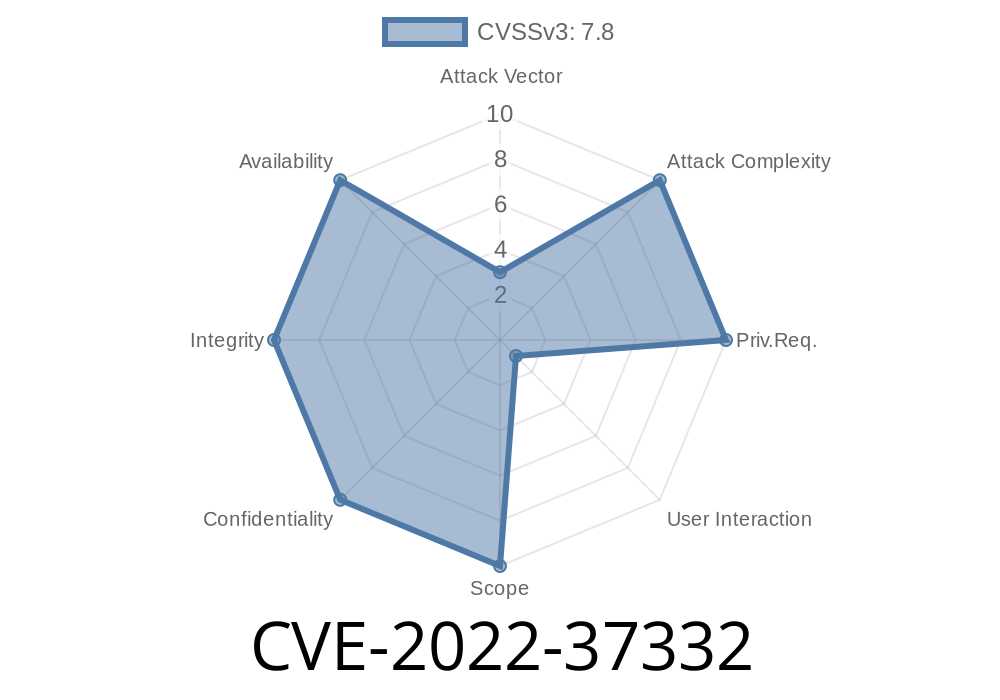A use-after-free vulnerability has been discovered in Foxit Software's PDF Reader, specifically in its JavaScript engine. This security flaw, identified by the Common Vulnerabilities and Exposures (CVE) ID CVE-2022-37332, affects Foxit PDF Reader version 12..1.12430. Attackers can leverage this vulnerability to execute arbitrary code on the victim's system if the user is tricked into opening a specially-crafted PDF document or visiting a malicious website with the browser plugin extension enabled.
Details
This CVE-2022-37332 vulnerability is a use-after-free issue that occurs due to improper handling of memory when using the media player API in the JavaScript engine of Foxit PDF Reader. Consequently, a specially-crafted PDF document can trigger the reuse of previously freed memory. This can potentially lead to arbitrary code execution depending on how attackers craft the malicious PDF.
Exploit details
To exploit this vulnerability, an attacker must first create a malicious PDF document that exploits the use-after-free issue in the media player API. Once crafted, the attacker must then trick the user into opening the malicious PDF file. This can be done through various social engineering techniques, such as sending the document as an email attachment or embedding it in a website.
Moreover, if the user visits a website containing the malicious payload with an enabled browser plugin extension, the vulnerability can also be exploited without direct interaction with the PDF document.
This code snippet demonstrates a simple malicious PDF manipulation
// Create a vulnerable PDF using Foxit PDF Reader's media player API
var doc = app.createDocument();
var player = doc.createMediaPlayer();
// Trigger the use-after-free vulnerability by misusing the API
doc.removeObject(player);
player.setPlayState(1);
Mitigation
At the time of writing, there have been no reports of any in-the-wild attacks using this vulnerability. However, to protect against this exploit, users are advised to update to a patched version of Foxit PDF Reader immediately. Additionally, users should refrain from opening unknown or suspicious PDF documents and be cautious when visiting unfamiliar websites.
Original references
1. Foxit Software's Security Bulletin: https://www.foxit.com/support/security-bulletins/
2. CVE details page: https://cve.mitre.org/cgi-bin/cvename.cgi?name=CVE-2022-37332
Conclusion
The use-after-free vulnerability in Foxit PDF Reader's JavaScript engine is a critical security issue that could potentially allow attackers to execute arbitrary code. Users are advised to update their software to a patched version as soon as possible and take additional precautions when opening PDF documents or visiting websites that may contain malicious content. With constant security updates and increased awareness, the risk associated with CVE-2022-37332 can be mitigated.
Timeline
Published on: 11/21/2022 16:15:00 UTC
Last modified on: 11/22/2022 19:00:00 UTC
